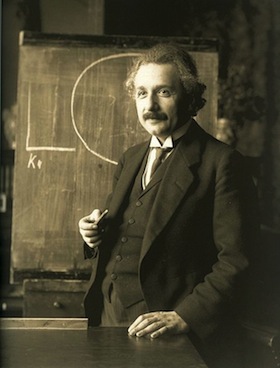 Einstein’s theory of relativity 1905
Einstein’s theory of relativity 1905
Containing both Einstein’s theories of special and general relativity, this has single-handedly revolutionised modern physics. Since its conception the theory has transformed theoretical physics and astronomy entirely, largely superseding Newton’s take on classical mechanics. It enabled the nuclear age to prosper – both for better and worse – as well as furthering our grasp of neutron stars and black holes.
Fleming’s great mistake 1928
The development of penicillin was an amazing story of accidental discovery. Working hard in his laboratory for months on end, Scottish scientist Alexander Fleming decided to take a month-long holiday in August 1928 to see his family. Quickly throwing some of his things together he promptly left London, leaving his workplace in a bit of a mess; this mess included a number of Petri dishes filled with the bacteria staphylococci. Little did Fleming realise that these Petri dishes would help him revolutionise the world of medicine.
On returning to London and entering his laboratory Fleming immediately noticed that on one of the Petri dishes a distinctive mould had grown and in doing so killed any of the nearby staphylococci bacteria. After tidying up, Fleming attempted to regrow the mould himself in a pure culture. He succeeded shortly after and, after trialling the culture on various bacteria, saw that it destroyed several that caused disease. Realising what he had discovered, Fleming published his findings and so was born the precursor to the modern-day antibiotic.
Pythagoras lays down his theorem Sixth century BCE
One of the most beautifully simple yet drastically important discoveries in the history of mathematics, the Pythagorean theorem a2+b2=c2 – discovered by Ancient Greek Pythagoras in the sixth century BCE – led to great advances in not just academia but also navigation and construction. Despite its abstract appearance, the theorem simply states that in any right-angled triangle, the square of the hypotenuse (the longest side) is equal in length to the sum of the squares of the other two shorter sides.
This is an extract from All About History magazine. To subscribe click here
